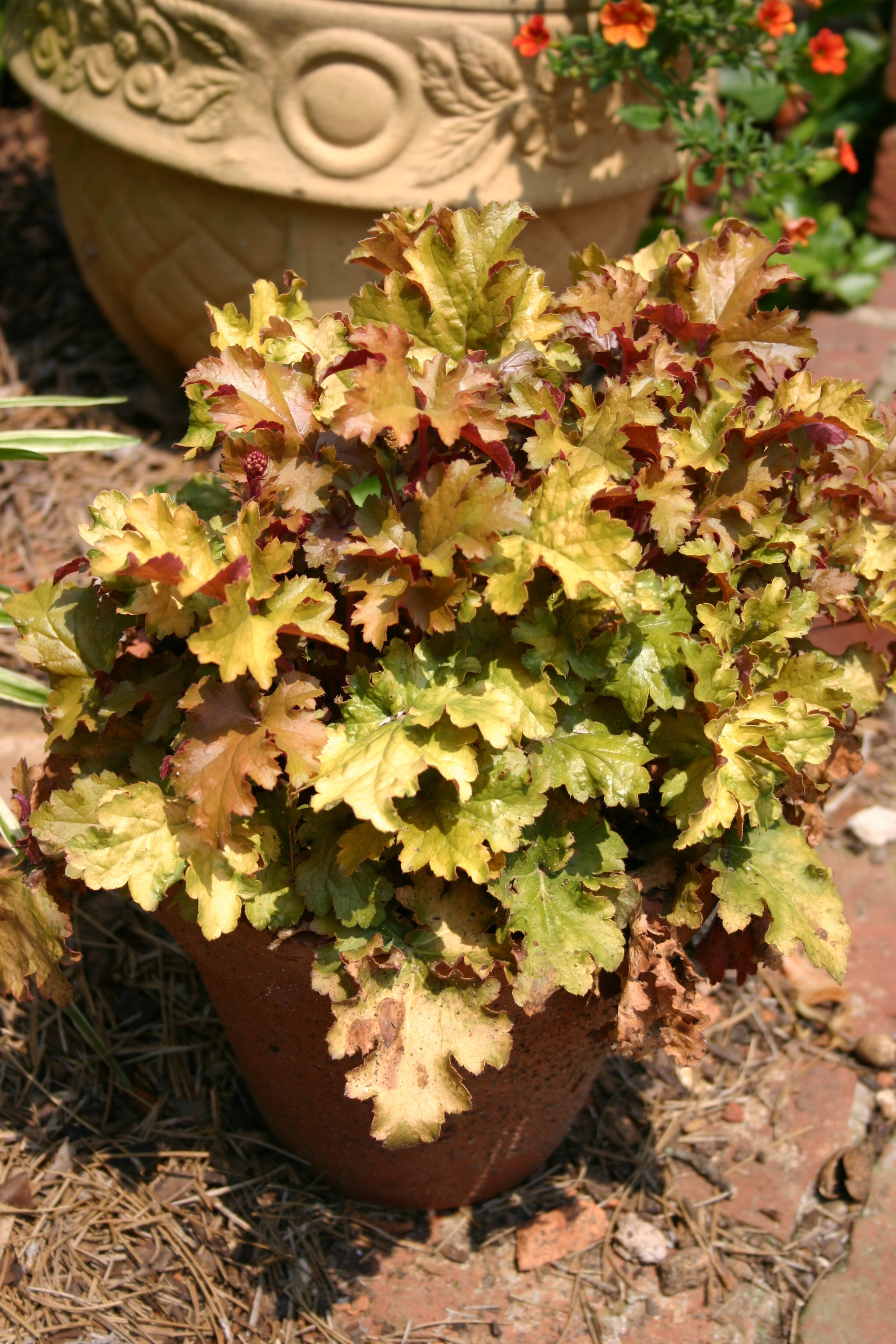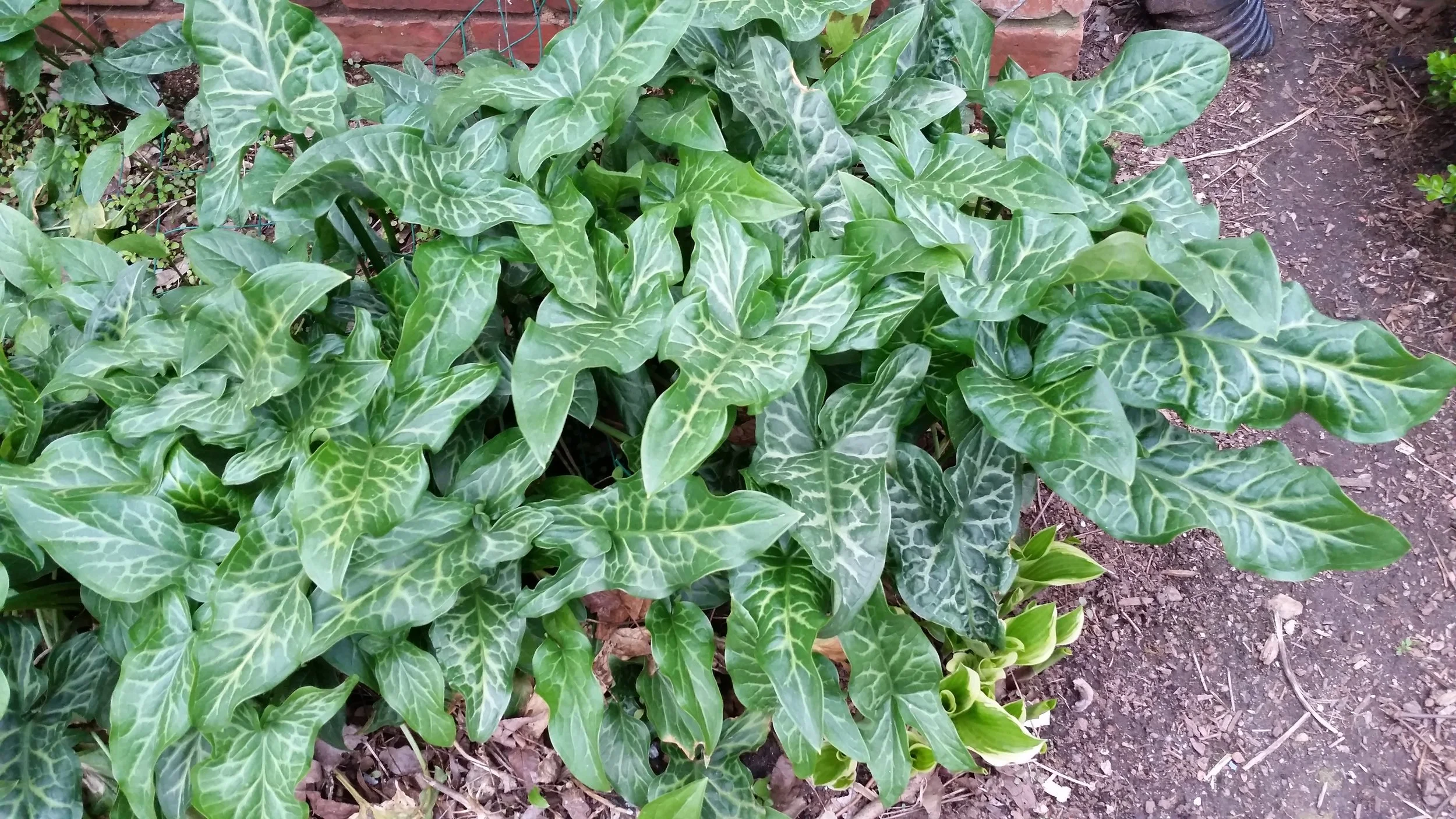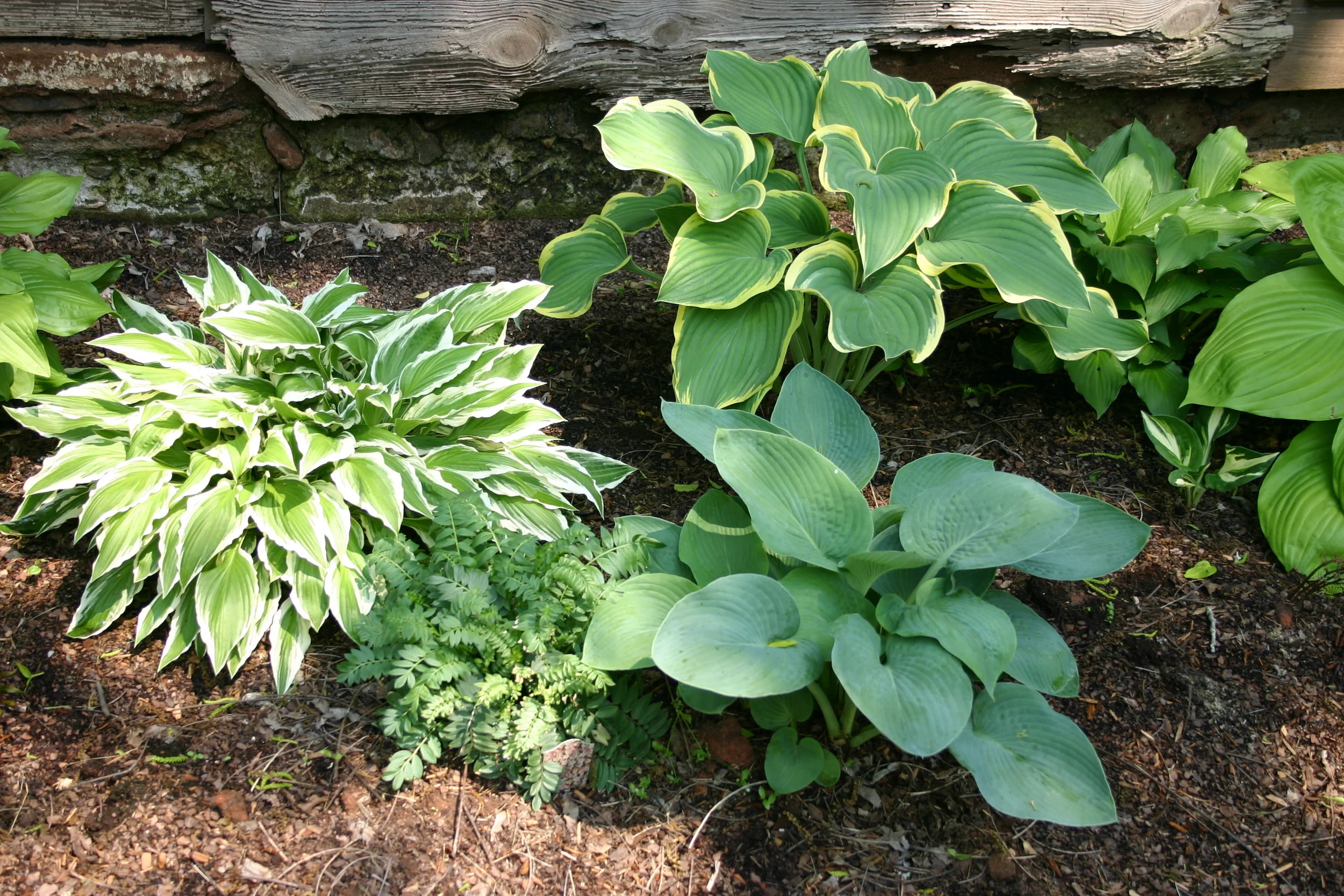Few perennials look great through the entire year. In the Mary Snoddy garden, a patch of Ajuga (pronounced ah-JOO-gah) has survived all manner of abuse: being trampled underfoot during our home renovation, record-breaking rain, record-breaking cold, full sun in what used to be full shade, and general disrespect. It does not look great, but I marvel at the fact it survived at all. We have had two days of warm sun, and it is pushing out fresh new leaves.
Ajuga reptans is an easily grown, aggressive, short groundcover. It is available in shades of bright chartreuse, deepest burgundy or chocolate, and a lovely sage green, white, rose combination. Textures vary from fine blades (‘Chocolate Chip’) or broad leaf (‘Black Scallop’). Newer cultivars broaden color choices to bronze, yellow, orange, and red. Look for the Feathered Friends™ series for something truly unusual.
Ajugas thrive in partial sun or shade. Blue flowers in spring are a bonus. These undemanding groundcovers spread quickly, giving rise to some gardeners’ assessment of the plant as invasive. (It is a member of the mint family). It will grow and even thrive in many situations where other plants, including grass, won’t grow: deep shade, dry soil, or under Black Walnut trees. It will tolerate minor foot traffic. Plants can be so vigorous that congested areas die. Prevent this by division. Ajuga is resistant to damage from deer and rabbits. Other than dieback from congestions, their only problem is root-rot when placed in wet soils.
Ajuga reptans ‘Burgundy Glow’ has a lovely pink and white variegation that lights up daker areas in the shade garden.
Fine leaf Ajuga reptans ‘Chocolate Chip’ softens the edges of a brick walkway.














